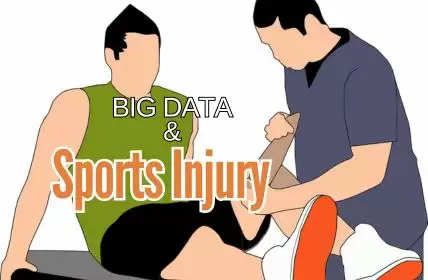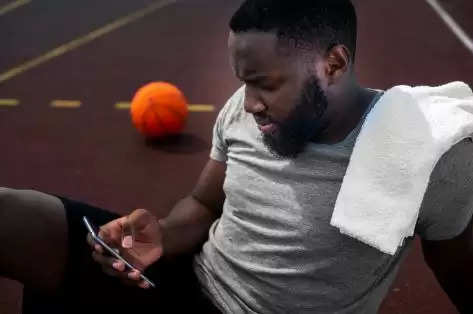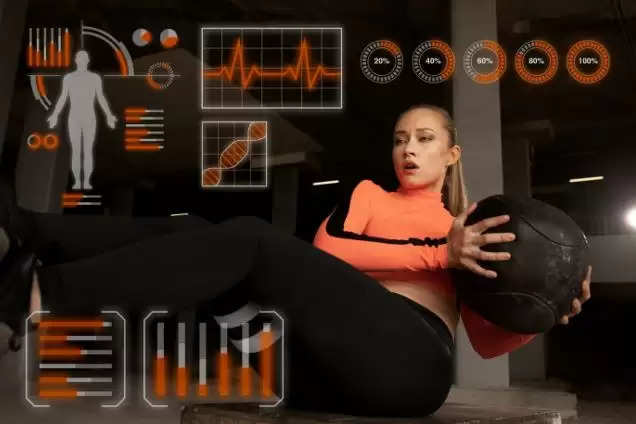How Sports Clubs Are Using Big Data to Prevent Player Injuries

Sports clubs leverage big data to maintain their players' health. This approach requires manipulating large amounts of data, from players' biometrics to training ones, to allow clubs to act preventively on injuries. With more devices such as wearables, teams can identify possible injury hazards early enough and prevent them from affecting their athletes.
The Role of Big Data in Injury Prevention
Big data is not a fad but a force multiplier for sports teams. By analyzing parameters like motion, workload, and recovery period, one can easily predict the possibility of an injury in the club members. For instance, a football team may find that a particular player has been running faster in sprints initially and later slows down. Then, they can correct this matter by giving the player rest or adjusting their training regimen. Tools like the Melbet app offer similar data-driven insights, enhancing real-time strategic decision-making. This enables teams to maintain peak performance while safeguarding player health.
This proactive strategy ensures that number-one clubs such as Liverpool FC and FC Barcelona have seen their injuries cut down. Moreover, these teams do not guess; they use specific data to develop training and recovery programs. This method makes people stay on the field longer and improves their performance since the body is not under undue stress.

Predictive Analytics for Injury Risk
Preventive measures are some of the most effective weapons against players' injuries, and predictive analytics is one of them. Sports clubs can, therefore, avoid future risks by forecasting from historical data. Here's how they're doing it:
- Injury Pattern Recognition: It helps design preventive exercises.
- Performance Decay Tracking: Decreases in efficiency, such as speed and flexibility, may indicate tiredness or stress.
- Customized Alerts: Risk indicators can be programmed into data systems so that coaches receive notifications when a player hits certain risk levels, allowing for timely intervention.
This data vigilance lets teams tailor athlete care to ensure players remain healthy throughout the season.
Monitoring Player Health Through Wearable Technology
There has been a significant advance in player monitoring through wearable tech that provides direct data gathered from the field. These devices help sports clubs acquire precise data about the players' physical conditions and thus facilitate early interventions that may help avoid injuries.
Tracking Physical Exertion
Acceleration, total distance, and any other parameter an athlete can imagine are recorded by wearable sensors. This data clearly shows how much work a player does and how tired they are, as these are the leading causes of injuries. For example, if the player's heart rate goes higher than it should during a session, the team can taper down.
Most NBA or EPL athletes wear devices that measure their speed and the amount of effort they put into it. From this data, coaches can avoid overtraining, one of the leading causes of muscle injuries. An information-based player strategy keeps them awake and alert when on the field without pushing them to the edge.

Biometric Data for Recovery Management
These devices monitor sleep patterns, heart rates, variability, and hydration during sleep, rest, or recovery to determine whether an athlete is recovering well after rigorous exercises. Teams can then develop individual recovery strategies, increasing the player's durability.
For instance, if a football player has poor recovery, the coaching team may change the next day's practice session or include massages and water intake practices. With precise numeric data, this proactive care approach has been shown to have a positive impact, including reducing injury rates at clubs such as Bayern Munich and empowering sound recovery management.
To join us on Facebook Click Here and Subscribe to UdaipurTimes Broadcast channels on GoogleNews | Telegram | Signal





